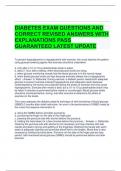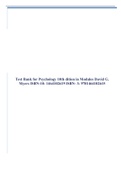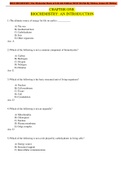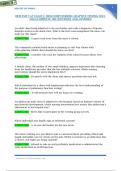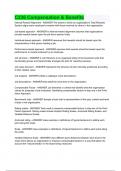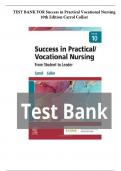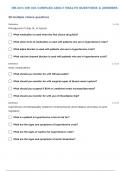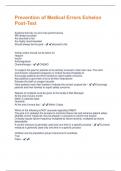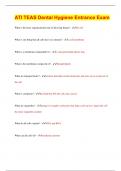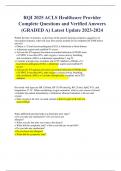Examen
DIABETES EXAM QUESTIONS AND CORRECT REVISED ANSWERS WITH EXPLANATIONS PASS GUARANTEED LATEST UPDATE
- Grado
- Institución
DIABETES EXAM QUESTIONS AND CORRECT REVISED ANSWERS WITH EXPLANATIONS PASS GUARANTEED LATEST UPDATE To prevent hyperglycemia or hypoglycemia with exercise, the nurse teaches the patient using glucose-lowering agents that exercise should be undertaken a. only after a 10- to 15-g carbohydrate ...
[Mostrar más]
